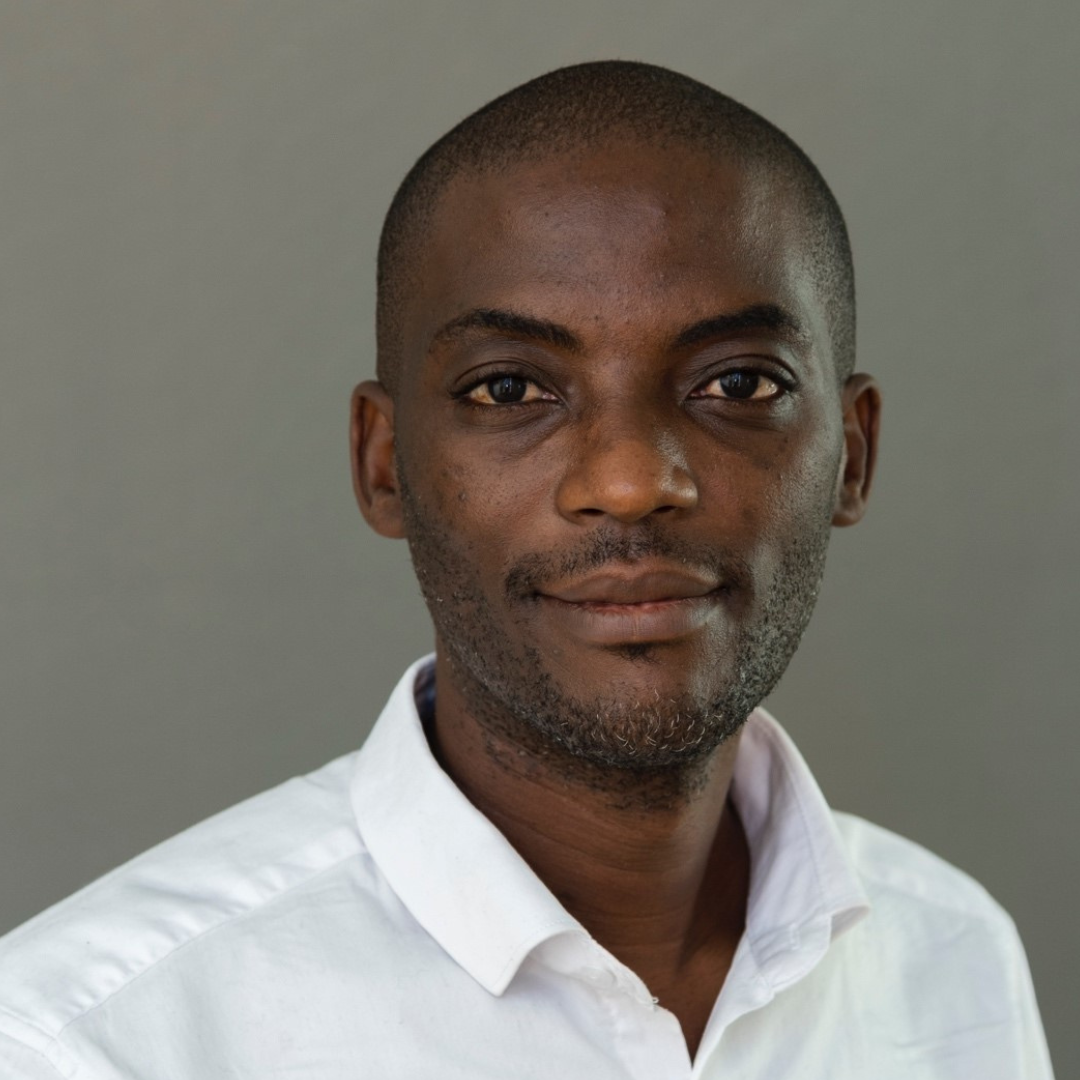Meet Eric Cordeiro-Spinetti of the Van Andel Institute! The fourth year graduate student is a member of Scott Rothbart’s lab at the Center for Epigenetics and Eric spent most of this week with us at his first CSHL meeting: Epigenetics & Chromatin. He joined the meeting with a number of his lab mates; two of who presented a poster each. Due to the “quality and mythical hype” of CSHL meetings, attending one has been on Eric’s must-do list and “the hype is real” – even in a virtual format.
Tell us about your research.
I’m investigating how the enzymatic activity of a methyltransferase regulates muscle formation. We are looking into the biochemistry of the enzyme, searching for targets and their role in cellular biology by testing differentiation of myoblasts into myofibers.
How did you decide to focus on this area/project?
I chose this project for two reasons: 1) Our lab developed a high-throughput screening method to define the selectivity of lysine methyltransferases that I could use to find new and exciting enzymatic targets. 2) In order to invent regenerative medicine approaches in the future, it is important to first understand development. So, I decided to put our lab’s tool into use to solve an interesting question within the skeletal/cardiac muscle that will be relevant to understand and treat important diseases.
What and/or who is the inspiration behind your scientific journey?
Curiosity has been the biggest driving force since my undergrad and masters in Brazil until my doctorate here in the USA. Currently, the ruthless pragmatism displayed by my mentor and the lab are inspiring to get through the PhD.
What impact do you hope to make through your work?
I’ve been doing science long enough to know that my work will just be another brick on the wall. However, there is a gap in that wall wherein my work could shift the perspective on the actual target of my enzyme to regulate gene expression.
Where do you see yourself in five years?
In five years, I will be back in my hometown of Rio de Janeiro to help the scientific community in Brazil by either setting up a research program or running for State Parliament.
What do you love most about being a researcher?
When we study biology it is impossible not to fall in love by the story of life. As a researcher, I have the challenge and opportunity to edit a paragraph, or even one page, of this beautiful story.
What drew you to attend this meeting?
I always wanted to attend a CHSL meeting for the quality and mythical hype. I saw this meeting with great scientists in my field from all over the world and there were sessions on post-translational modifications – my research focus -- where I knew I would learn about different technical approaches and how they can be used to solve biological puzzles.
What is your key takeaway from the Meeting; and how do you plan to apply it to your work?
When you are grinding at the bench constantly solving technical issues, it’s easy to forget about the beauty of science when the story is complete. This meeting gave me the extra energy to keep pushing after everything that has happened year.
What feedback or advice would you share with someone considering to participate in this meeting?
The Cold Spring Harbor hype is real! I got to see first-hand amazing talks on a wide variety of research topics that were not initially of my interest; but given the fascinating findings, it’s impossible not to engage! Also, in the virtual format, it seemed that people are willing to ask more questions due to ease of typing live on chat and then getting answers later on Slack.
What’s the most memorable thing that happened during the Meeting?
The first day was already remarkable! The first session included a keynote lecture by Shelley Berger who delivered an amazing talk about how socializing can affect the life span of ants. Interestingly enough, she was able to trace a parallel to the social isolation we are experiencing with COVID-19 and how “smelling” our peers via Zoom could help us overcome this!
Thank you to Eric for being this week's featured visitor. To meet other featured researchers - and discover the wide range of science that takes part in a CSHL meeting or course - go here.
Image provided by Eric Cordeiro-Spinetti
































